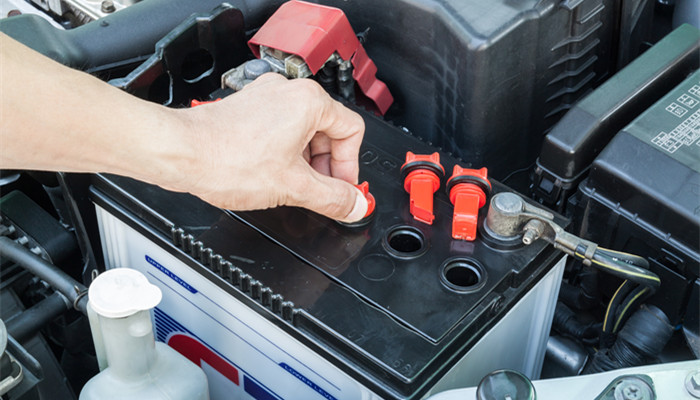
The technical routes for sodium battery cathode materials are diverse, and the number of enterprises in my country is increasing rapidly.
In a sodium-ion battery, the function of the positive electrode material is to store sodium ions. During charging, sodium ions move from the positive electrode material through the electrolyte to the negative electrode material. During discharge, sodium ions move from the negative electrode material through the electrolyte to the positive electrode material. The performance of sodium battery cathode materials will affect the energy density, power density, cycle life, etc. of sodium-ion batteries, and its research and development is of outstanding importance.
At present, lithium-ion batteries are the mainstream products in the power battery and energy storage battery markets. From a cost perspective, sodium resource reserves are abundant, while lithium resource reserves are small, and the cost of using sodium salt is much lower than that of lithium salt; sodium battery negative electrode current collectors use aluminum foil, and lithium battery negative electrodes use copper foil, and the cost of aluminum foil is lower. From a performance perspective, sodium-ion batteries have better rate performance and faster charging speeds; they have a wider temperature range and higher discharge retention rates under low-temperature conditions; sodium ions and aluminum foil have better stability and higher battery safety. Therefore, sodium-ion batteries have attracted attention.
The structure of sodium-ion batteries is the same as that of lithium-ion batteries, consisting of positive electrode, negative electrode, electrolyte, separator, etc. Due to the use of sodium salt, there are differences in its core technology. At present, the technical routes for other components of sodium-ion batteries have been determined. Only sodium battery cathode materials and sodium battery electrolytes have different routes. Compared with lithium-ion batteries, sodium-ion batteries have lower energy density and cycle life, and need to be upgraded to high specific capacity and long life. Therefore, research on cathode materials for sodium batteries continues to be in-depth.
According to the“2023-2028 China Sodium Battery Cathode Materials Industry Market In-depth Research and Development Prospects Forecast Report” released by the Industrial Research Center , At present, there are many types of sodium battery cathode materials that have been developed around the world, mainly including transition metal oxides, polyanionic compounds, Prussian blue compounds, etc. Among them, transition metal oxides include layered oxides, tunnel oxides, etc. There are two types of oxides. The more studied sodium battery cathode materials mainly include NaMnO2, Na3V2(PO4)3, Na2MnP2O7, Na2Fe2(SO4)3, Na2MnFe(CN)6, etc. The products have different advantages and disadvantages.
Sodium-ion batteries can be used as power batteries and energy storage batteries. Although their performance is lower than that of lithium-ion batteries, they can replace lead-acid batteries and complement lithium-ion batteries. At this stage, my country has companies such as Zhongke Haina and CATL entering the sodium-ion battery market, and the sodium-ion battery industry chain is rapidly taking shape. In 2023, my country will successively have sodium-ion battery pilot lines and mass production lines launched, and the industry is about to enter Outbreak period. Sodium battery cathode materials are an indispensable component of sodium-ion batteries, accounting for more than 25% of the output value of the sodium-ion battery industry chain. Therefore, the number of companies entering the market in my country is also increasing rapidly.
Industry analysts said that the main manufacturers of sodium battery cathode materials in my country include Zhongke Haina, CATL, Rongbai Technology, and Zhenke Huaxin Materials, Penghui Energy, Huayang Co., Ltd., Zhejiang Nachuang, etc. have comprehensive technical roadmaps, covering three categories: transition metal oxides, polyanionic compounds, and Prussian blue compounds. Among them, layered sodium oxide battery cathode materials have the largest number of companies due to their advantages in energy density, rate performance, technical processes, etc. Driven by the development of the sodium-ion battery industry, the expansion of my country’s sodium battery cathode material industry has accelerated.

 微信扫一扫打赏
微信扫一扫打赏

